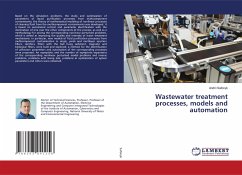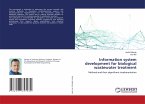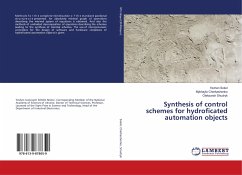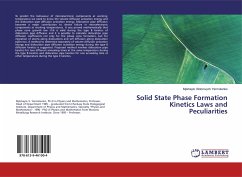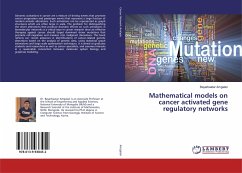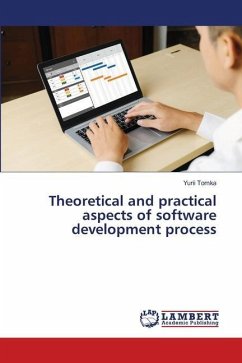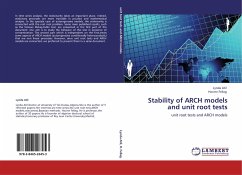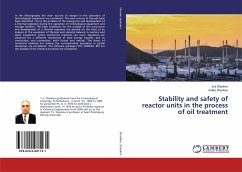Based on the simulation problems, the study and optimization of parameters of liquid purification processes from multicomponent contaminants, the theory of mathematical modeling of nonlinear processes of cleaning fluid from the multicomponent contaminants was developed. It is based on automated control and parameter identification with the domination of one over the other components of the process, as well as a methodology for solving the corresponding nonlinear perturbed problems, which is aimed at improving the quality and intensity of water treatment mechanisms. In particular, new models of fluid purification processes from multicomponent contamination in single, yards and multilayer sorption filters, clarifiers, filters with the ball hung sediment, magnetic and biological filters, were built and explored; a method for the identification of unknown parameters and automation of the corresponding processes were proposed. An asymptotic and the number of asymptotic expansions of the corresponding nonlinear perturbed model problems and inverse problems, problems with being late, problems at optimization of system parameters and others were obtained.
Hinweis: Dieser Artikel kann nur an eine deutsche Lieferadresse ausgeliefert werden.
Hinweis: Dieser Artikel kann nur an eine deutsche Lieferadresse ausgeliefert werden.

